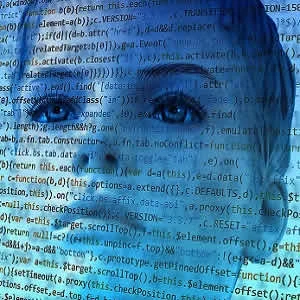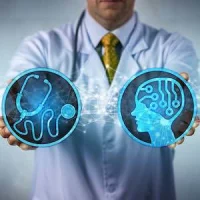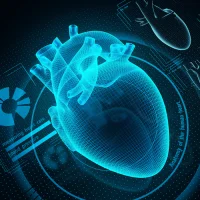The growth of artificial intelligence (AI) over the past decades has been exponential with tremendous opportunities now offered by deep learning. Indeed, automation and AI are changing the landscape of echocardiography by providing complimentary tools to physicians to enhance patient care, according to a review published in the journal Echocardiography.
As the article notes: "Automation with longitudinal strain and 3D echocardiography has shown great accuracy and reproducibility allowing the incorporation of these techniques into daily workflow. This will give further experience to nonexpert readers and allow the integration of these essential tools into more echocardiography laboratories."
The echocardiography laboratory is an institution of cardiovascular medicine, where an expert echocardiographer sits at his or her workstation to review thousands of static images and dynamic videos captured every day. It takes years of dedication and experience for an individual to pick up on perceptual cues acquired from reviewing moving images and automatically integrate this information into a clinical differentiation based upon pattern recognition without overt statistical reasoning.
Fortunately, multiple vendor software programmes have incorporated automation to improve accuracy and efficiency of manual tracings. The article however cites several limitations to the use of automated tracing, including:
- The majority of studies assessed patients in sinus rhythm with limited knowledge of the use of automation among patients with significant conduction disease, arrhythmia, and paced rhythm.
- Poor- and fair-quality images were found to increase erroneous border tracings by the computer, and in several patients, the automated software did not work.
- Contour adjustments seem to increase accuracy of automated analysis with greater correlation to cardiac MRI; however, this increases analysis time and reduces workflow efficiency.
Still, the use of automated systems has been shown to be more efficient than the manual process and also bridge the gap between the expert and nonexpert echocardiographer while also reducing inter- and intra-observer variability, the article points out.
Meanwhile, the potential for machine learning in cardiovascular imaging is still being discovered as algorithms are being created, with training on large data sets beyond what traditional statistical reasoning can handle. Deep learning when applied to large image repositories will recognise complex relationships and patterns integrating all properties of the image, which will unlock further connections about the natural history and prognosis of cardiac disease states.
With further research and development, AI will be able to aid the physicians in the recognition of pathology or lack thereof. Nonetheless, clinical acumen will always be of paramount importance, the article says, adding that machine errors need to be safeguarded by humans to ensure above all else that patients are not harmed.
"Despite its limitations, AI is a force in medical imaging to be reckoned with and will be an integral part of the future of echocardiography fabric," according to the article.
In conclusion, the article says clinicians will have to develop trust in AI to optimise productivity and push the boundaries of technologic discovery.
Source: Echocardiography
Image Credit: Pixabay
References:
Gandhi S, Mosleh W, Shen J, Chow C-M (2018) Automation, machine learning, and artificial intelligence in echocardiography: A brave new world. Echocardiography, First published: 05 July 2018. https://doi.org/10.1111/echo.14086
Latest Articles
echocardiography, Artificial Intelligence, AI
The growth of artificial intelligence (AI) over the past decades has been exponential with tremendous opportunities now offered by deep learning. Indeed, automation and AI are changing the landscape of echocardiography by providing complimentary tools to










